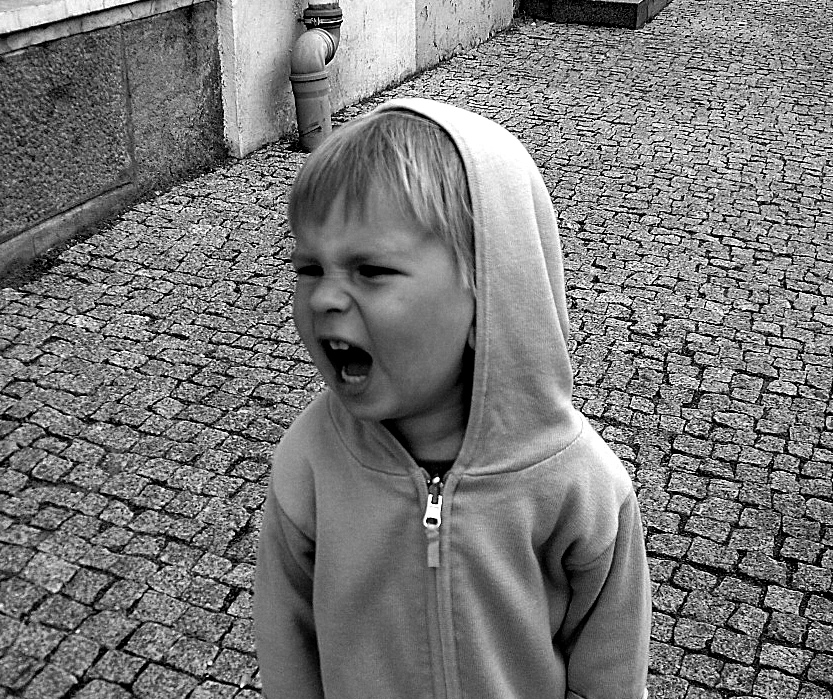
Screaming on the cereal aisle because you said “NO”. Refusing bedtime because your overtired toddler is not tired. Parents of toddlers, you are nodding your heads, and you are not alone. Tantrums are tough! A tantrum is a toddler’s way of physically communicating their undesired emotions. What could your child be trying to tell you amid all that screaming?
First, it’s important to note that 2-year-olds’ brains are in a period of rapid development. Researchers have shown that between the ages of 0-3, your baby’s brain is developing more than a million neural connections each second! Yet toddlers do not yet have the language to express everything they are thinking, feeling and learning. This is frustrating for everyone! During a tantrum, your toddler may be trying to say to you….
“I am hungry or tired” (Physiological needs).
When was the last time your child ate? Is it time for a nap? If a toddler’s basic needs are not being met, they are more prone to a tantrum. Watch for cues. All parents get busy with household chores, other children, work, etc. But staying ahead of these needs may prevent a tantrum altogether.
“I don’t feel heard/understood” (Acknowledgment).
When your child begins a tantrum, acknowledge their feelings. Say things like, “I understand you wanted to buy that cereal”. This will help to make children feel heard and understood, and can lessen frustration.
“I don’t know have the words to say what I am feeling” (Vocabulary).
Most toddlers do not have the words to express their frustrations. Giving them new vocabulary may help to dissolve their heightened emotions. Examples: “You feel sad that your block tower fell over”, “You are angry that mommy took away the scissors”. Over time, they will learn to label these feelings on their own. More labeling of feelings = fewer tantrums. Also, having a small library of “feelings” books on hand can help children name their emotions with words. Try The Color Monster!
“I need space” (Safe Space).
Offer a safe space for your child to work through his/her feelings. The couch, their room, a bean bag chair. When a tantrum appears, try moving your child to this safe space, where their body can flail, they can yell or punch a pillow if needed. Tantrums are an emotional release and often times just needs to run the course.
Some key things to remember about your reactions to a tantrum:
Boundaries. Tantrums are going to happen. Understanding that they are a typical part of toddler development will make them more tolerable. That does not mean that they should be a free-for-all. If your child is hurting you or parts of your home during a tantrum, remind them that those behaviors are not acceptable. Boundaries help children feel safe during an out-of-control time. It’s okay to have big feelings, but it’s not okay to hurt people.
Presence/energy. Frustrating as it may be parents, keep your cool! Your child will feed off of your energy. Use the “safe space” you have created so that you can walk away for a few minutes and take some deep breaths. And then, when you are both ready, hug it out.
We all have days when we don’t feel like ourselves. Toddlers have these days too. Throw in growing pains and teething, and your toddler may experience tantrums more days than not. But there is a silver lining! Tantrums can be a time for developing healthy communication in your family. And the aftermath of one can offer time for bonding and re-connection. Hang in there parents, this too shall pass.
This post originally appeared on Writers Work.
Latest posts by Amanda Dixon (see all)
- The Language of Tantrums - August 20, 2020

